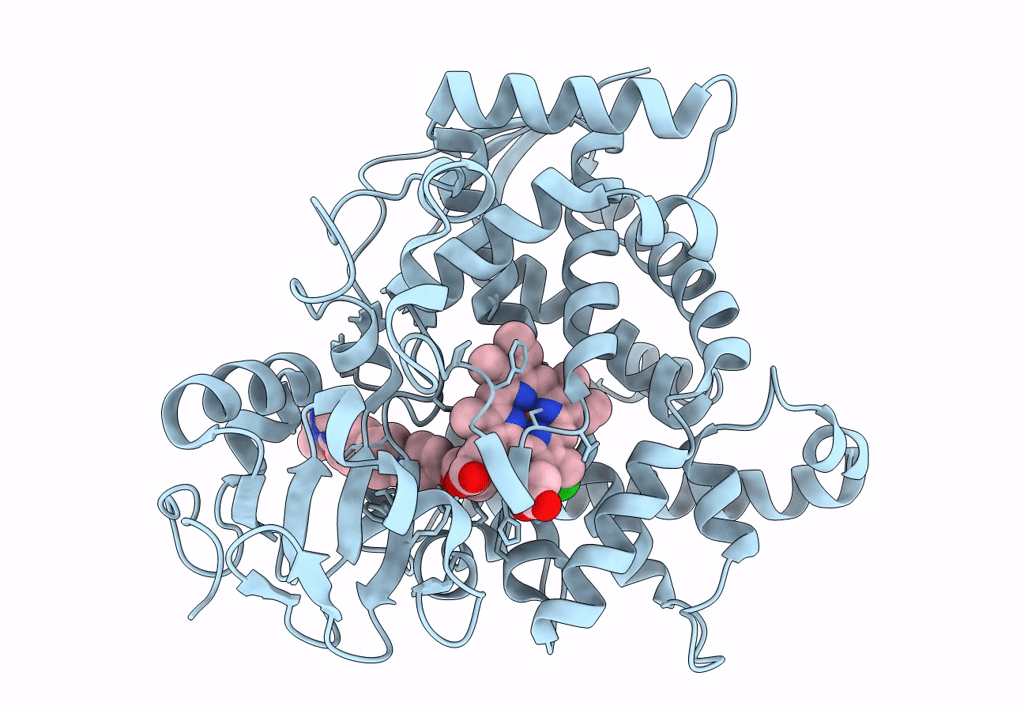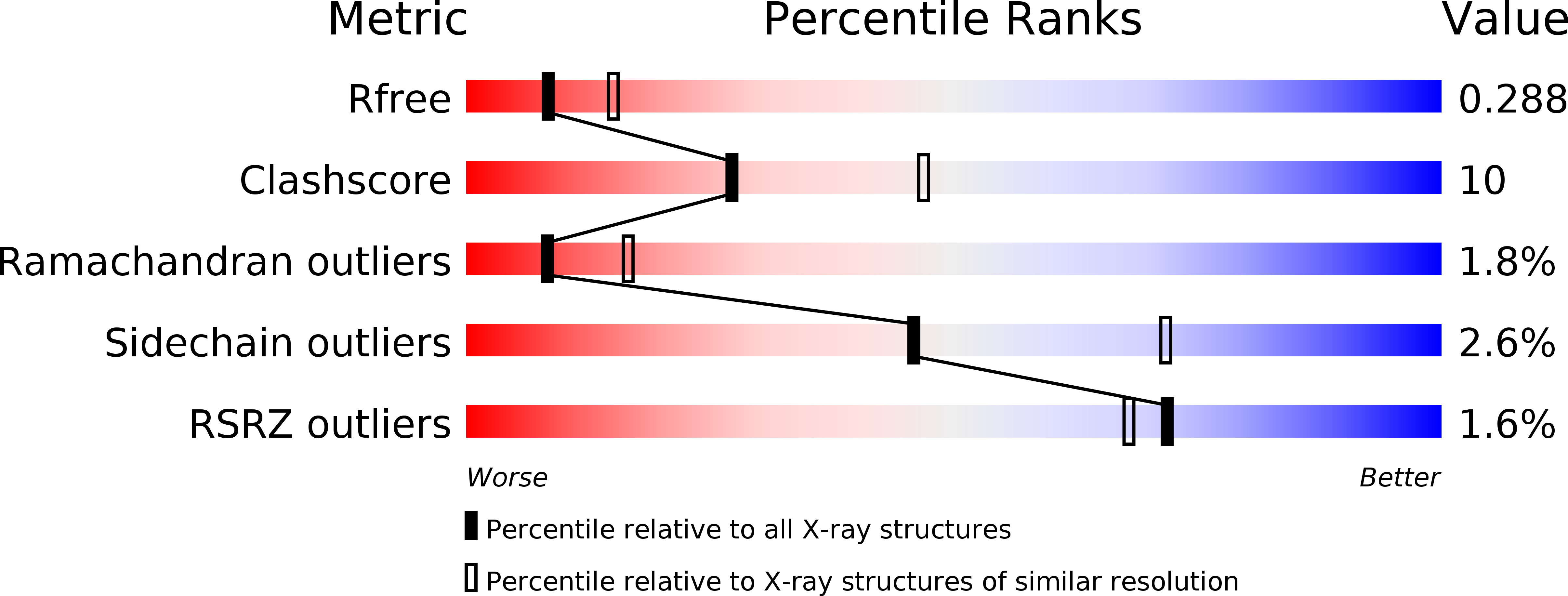
Deposition Date
2017-09-08
Release Date
2017-11-22
Last Version Date
2023-10-04
Method Details:
Experimental Method:
Resolution:
2.60 Å
R-Value Free:
0.29
R-Value Work:
0.21
R-Value Observed:
0.22
Space Group:
C 1 2 1


